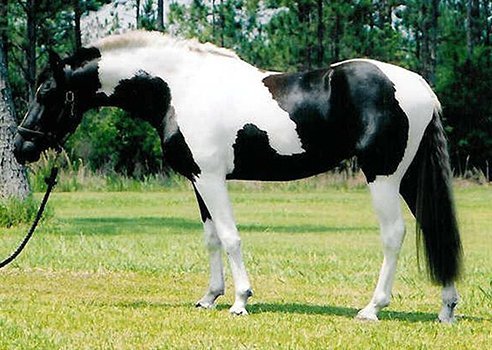Reading time: About 1 minute
Increase your vocabulary and you’ll make your writing much more precise. That’s why I provide a word of the week. Today’s word: piebald.
The Salley Vickers novel Miss Garnet’s Angel holds an honoured spot in my lifetime list of top 10 books. (My list, I must confess, changes regularly, but this book has held its position for more than a decade!)
I will read anything Vickers writes, including, perhaps a phone directory, so when her 2013 novel The Cleaner of Chartres made its way into our household, I grabbed it.
While not quite as perfect as Miss Garnet, the book nevertheless captured my imagination with its memorable characters and rich description of one of the world’s most beautiful cathedrals. It also gave me my word of the week: piebald. Here’s how Vickers used it:
Impervious to the dashing sunlight, the smoke-darkened stones made, with the paler ones above, for a strange piebald effect.
I’d heard the word many times before but had never sought a definition. As you may know already, a piebald or pied animal is one that has a spotting pattern of large unpigmented, areas of hair, feathers, or scales and normally pigmented patches, generally black. This alternating colour pattern — found in horses, cattle and birds (such as magpies) — is irregular and asymmetrical.
The syllable pie comes from Medieval Latin, and the bald is Middle English. Combined, they mean “of two different colours,” although technically the two colours are always limited to black and white.


